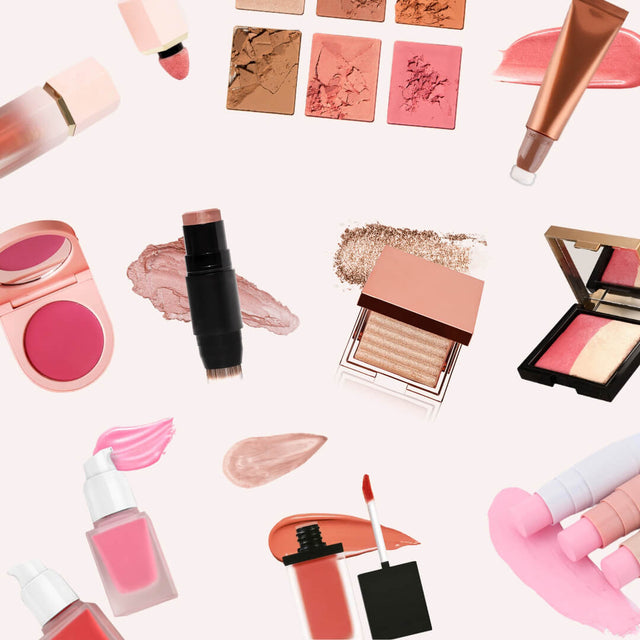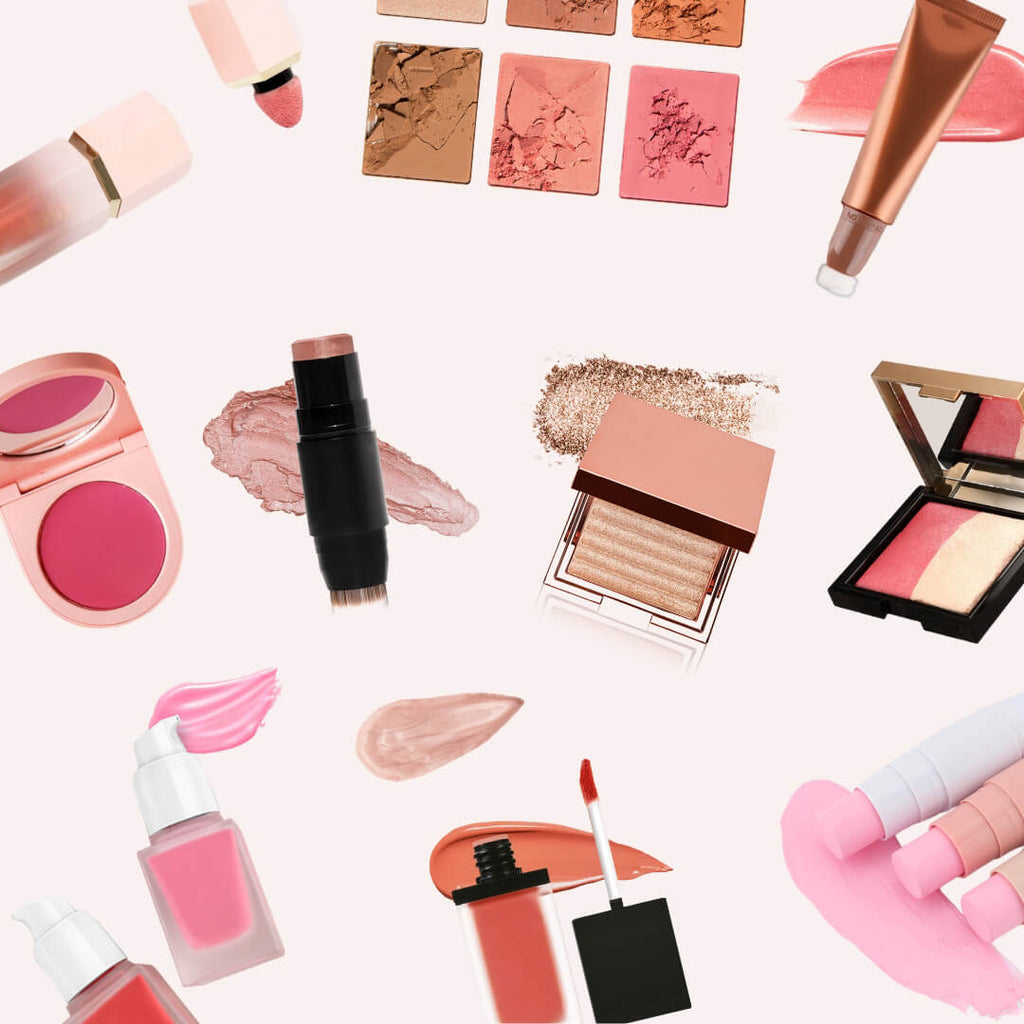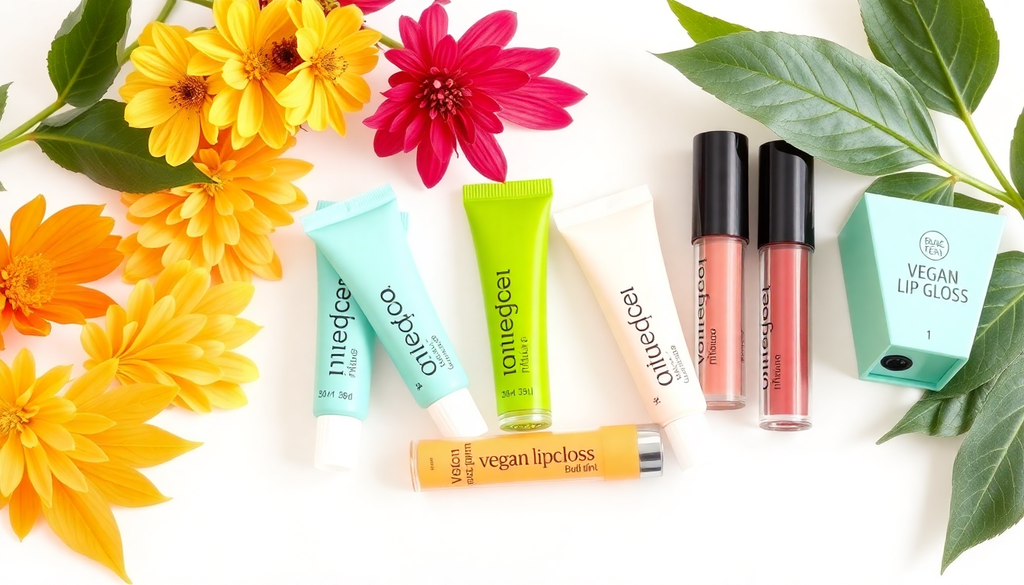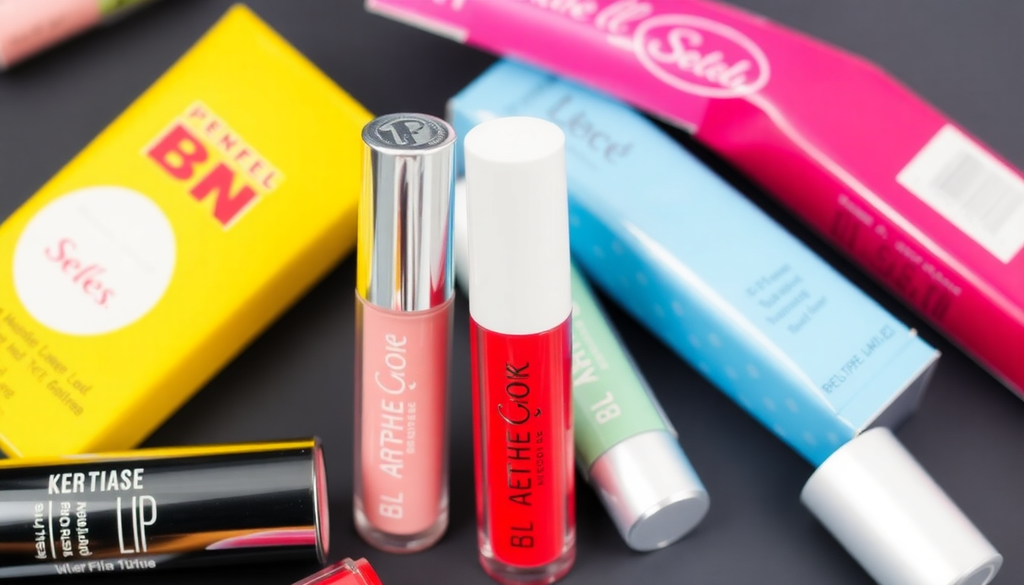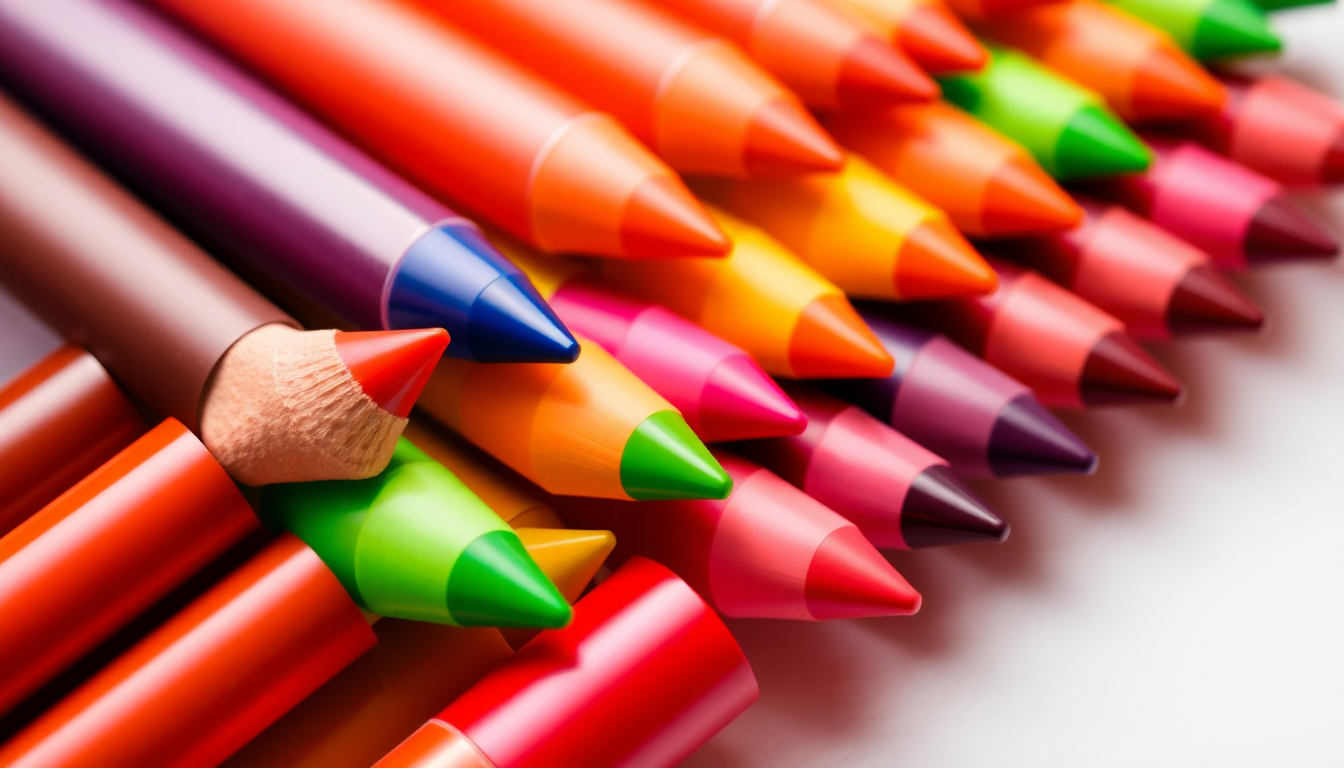
Private Label Lip Crayon Profit Playbook: Build a 5‑Shade Vegan Line with Low‑MOQ and Real Unit Costs
Ultimate Guide to Launching Lip Crayon Like a Pro
Why Lip Crayons Are Your 2024–2025 Brand Launchpad
Lip crayons are the sweet spot for beginner beauty entrepreneurs: compact SKUs, low production complexity, and high perceived value. Recent industry reporting and retailer assortment shifts show growing demand for multiuse, easy application lip products. Vegan and cruelty free claims are now baseline expectations in many channels. For founders on a budget, a well executed 5 shade lip crayon collection can be a high‑margin, low‑risk entry into private label lip product retail.
Market Signals to Watch
- Retailers expanded shelf space for multiuse sticks and crayons in indie beauty assortments in 2024, favoring DTC brands that can turn stock quickly.
- Vegan and cruelty free labeling continues to influence purchase decisions across age groups; certifications and clear claims increase conversion.
- Many contract manufacturers started offering lower MOQs and pilot fills to serve small brands, making custom cosmetics more accessible than ever.
Step 1: Formula Foundations - What Beginners MUST Know
Begin with one stable vegan base formula and tint it into five shades. This simplifies testing, reduces cost, and speeds time to market. Lip crayons need three balanced components: pigments for color, emollients for glide, and solidifiers for structural integrity.
Ingredient Guidance for a Vegan Lip Crayon
- Emollients: caprylic/capric triglyceride, hydrogenated vegetable oil, or fractionated coconut derivatives for smooth feel and non‑greasy finish.
- Waxes: candelilla and carnauba replace beeswax and provide firm tips for crayons.
- Thickeners/structurants: hydrogenated castor oil blends give structure without brittleness.
- Pigments: FDA compliant iron oxides and approved lakes for stable, repeatable color.
- Antioxidants/preservatives: tocopherol and an appropriate preservative system to prevent rancidity and ensure shelf life.
Formulation Tips from the Lab
- Start with one base and use concentrated pigment pastes to create your five shades. This reduces batch variability.
- Validate tip hardness at multiple temperatures. Lip crayons must not mush at 30°C nor shatter at 0°C.
- Use premade vegan wax blends available from suppliers to cut development time and cost.
Formula Checklist
- One approved vegan base formula covering all shades
- Pigment paste supplier details and batch traceability
- Stability testing plan with accelerated and real time schedules
Step 2: Packaging That Sells - From Budget to Sustainable Luxury
Packaging affects unit cost, perceived value, and logistics. For lip crayons you commonly choose between wood housings, plastic retractable mechanisms, and simple plastic caps.
- Budget option: simple plastic twist tube with standard cap. Pros: low cost, low MOQ. Cons: lower perceived value.
- Mid market: aluminum or coated plastic retractable mechanism. Pros: premium feel, better shelf presence. Cons: higher MOQ and unit cost.
- Sustainable premium: FSC wood or sugarcane bio‑plastic with laser engraving or minimal labeling. Pros: strong sustainability messaging. Cons: higher tooling and lead time.
Packaging cost guide (estimates): basic plastic twist tube 0.30 to 0.80 per unit; mid tier retractable 1.00 to 2.00 per unit; eco premium 1.50 to 3.00 per unit depending on decoration. Remember decoration, shrink sleeves, and secondary cartons add to cost.
Packaging Checklist
- Get physical samples and verify function: twist smoothness, cap retention, label adhesion
- Request material certificates and recyclability guidance
- Confirm MOQ tiers for plain and decorated options and ask about split runs
Step 3: Color Strategy - Build a 5 Shade Capsule Collection
Choosing your five shades is like building a capsule wardrobe: each piece should coordinate with the others and cover the widest range of use cases.
- Shade 1 - Universal Nude: warm neutral that flatters most skin tones.
- Shade 2 - Soft Rose: a cool rosy everyday shade that reads natural.
- Shade 3 - Muted Mauve: modern and flattering for many complexions.
- Shade 4 - Coral Pop: seasonal bestseller that drives social content and reorders.
- Shade 5 - Deep Berry: depth for evening or contrast looks.
Work with your manufacturer for Pantone or lab swatch matching. Provide high quality reference images, describe desired opacity and finish, and request physical lab dip samples before approving bulk runs.
Step 4: Cost Control Tactics - Real Unit Costs and MOQ Strategy
Understanding the true per unit cost at your target MOQ is essential. Below are realistic cost bands for small production runs of a vegan lip crayon.
- Raw materials and pigments: 0.40 to 1.20 per unit depending on pigment level and specialty oils.
- Packaging: 0.30 to 2.00 per unit depending on housing choice (basic to premium).
- Filling, assembly, QC: 0.20 to 0.60 per unit.
- Testing and compliance (amortized): 0.10 to 0.50 per unit.
- Estimated total production cost per unit at MOQ 300 to 1,000: 1.00 to 3.50.
Hidden cost alerts: third party certification (vegan or cruelty free seals), barcoding, color matching fees, tooling, freight, duties, and sample runs. Build a 10 to 20 percent buffer into your launch budget.
Budget Control Checklist
- Obtain quotes at 300, 500 and 1,000 MOQ tiers
- Include all non production costs: testing, certifications, labels, freight
- Set a reorder threshold and safety stock based on lead time
Testing, Compliance, and Claims
Regulatory and safety requirements differ by market. For US sales, adhere to FDA ingredient rules and ensure product safety via documented testing. For EU sales, register your cosmetic in the CPNP and ensure ingredient compliance with the Cosmetics Regulation.
- Safety assessment and product information file (PIF)
- Stability and preservative efficacy testing
- Allergen screening for fragrance or flavor additives
Important: Bold claims like 100 percent natural, if used, must be substantiated. Common certifications to consider include Leaping Bunny for cruelty free and The Vegan Society for vegan product claims.
Never skip stability testing!
Manufacturer's Corner: How to Vet and Work with a Supplier
Choosing the right manufacturer is as important as choosing your shades. Here is a focused checklist and a sequence to reduce surprises.
- Request capability sheets and references from brands they have partnered with.
- Ask for sample timelines, transparent pricing, and clear ownership terms for formulations.
- Confirm who performs stability and microbial testing and whether that is included.
Five critical questions to ask suppliers:
- What are your MOQs for formula fill, plain packaging, and decorated packaging?
- Can you provide stability, preservative efficacy, and ingredient sourcing documentation?
- Do you offer pilot fills, and what are the costs and lead times for a pilot run?
- Who owns the formula IP and are there exclusivity options?
- What is your defect and returns policy for small brand runs?
Red flags include vague answers about testing, refusal to provide samples, and unclear lead times. A good partner shares timelines, sample costs, and batch traceability.
Launch Roadmap: Timeline and Milestones
Here is a practical timeline for a founder moving from concept to first sale on a 12 to 16 week cadence.
- Weeks 1 to 2: Define product brief, target price, and five shade concept
- Weeks 3 to 4: Select manufacturer, confirm MOQ, and order initial lab dips
- Weeks 5 to 7: Approve formula and packaging samples; perform stability testing kickoff
- Weeks 8 to 10: Place production order, complete labeling artwork, and start marketing prelaunch
- Weeks 11 to 14: Manufacturing, QC, and shipment to warehouse/fulfillment
- Weeks 15 to 16: Product launch and initial retail placements or DTC rollout
Marketing and Merchandising Tips
Position your 5 shade collection as a capsule set to encourage multi SKU purchases. Use swatch cards, short how to videos, and UGC incentives to drive conversion. Consider offering a best seller bundle and a refill incentive if you use recyclable or reusable packaging.
Final Checklist Before You Hit Buy
- All five shades approved with physical lab dips
- Packaging samples tested and decorated proofs approved
- Full cost model built with shipping, duties, and testing included
- Stability testing initiated and safety assessment completed
- Sales channel plan and prelaunch content ready
Next Steps and CTA
If you are ready to create a private label lip crayon line that balances cost, quality, and market appeal, use these checklists when vetting partners and setting timelines. Think of shade selection like a capsule wardrobe: each crayon should be versatile, complementary, and high utility.
For a turnkey approach that includes vegan formulation, pigment matching, low MOQs, and an accurate cost breakdown tailored to your design, request our Lip Crayon Starter Kit and a customized MOQ quote via [CONTACT PAGE].

